
Rodari's Fantastic Binomials
I owe to the master of the Grammar of Fantasy, Gianni Rodari, the wonderful opportunity to perfect several techniques of literary creation. His games, his own or adapted, break the barrier of the routine and invite the teacher to dive into the world of imagination, with no other purpose than to help the little ones to find the meaning of being a child.
And in this very act of stimulating children to invent stories, one is reunited with one's childhood, evoking the school years: the first paper airplane, the first time we wrote a story, that teacher who cannot be forgotten and so many memories that come to mind when one's childhood was as close to a game as possible.
What does this technique of the fantastic binomial consist of?
In selecting two words that apparently have nothing in common to provoke new meanings. Two words that when put together become raw material for a story. Two words to create something that did not exist before, to force creativity in writing.
How I select them:
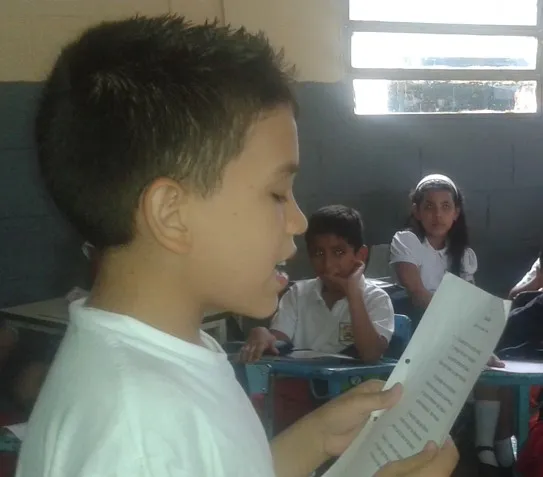
✏️ I look them up in the dictionary, at random
✏️ I take them from a previously elaborated list
✏️ I take them from the environment
✏️ They are not similar, such as: crop and corn or mango and pear
✏️ That they are suggestive
✏️ Rich in fantastic situations
How would it be in practice?
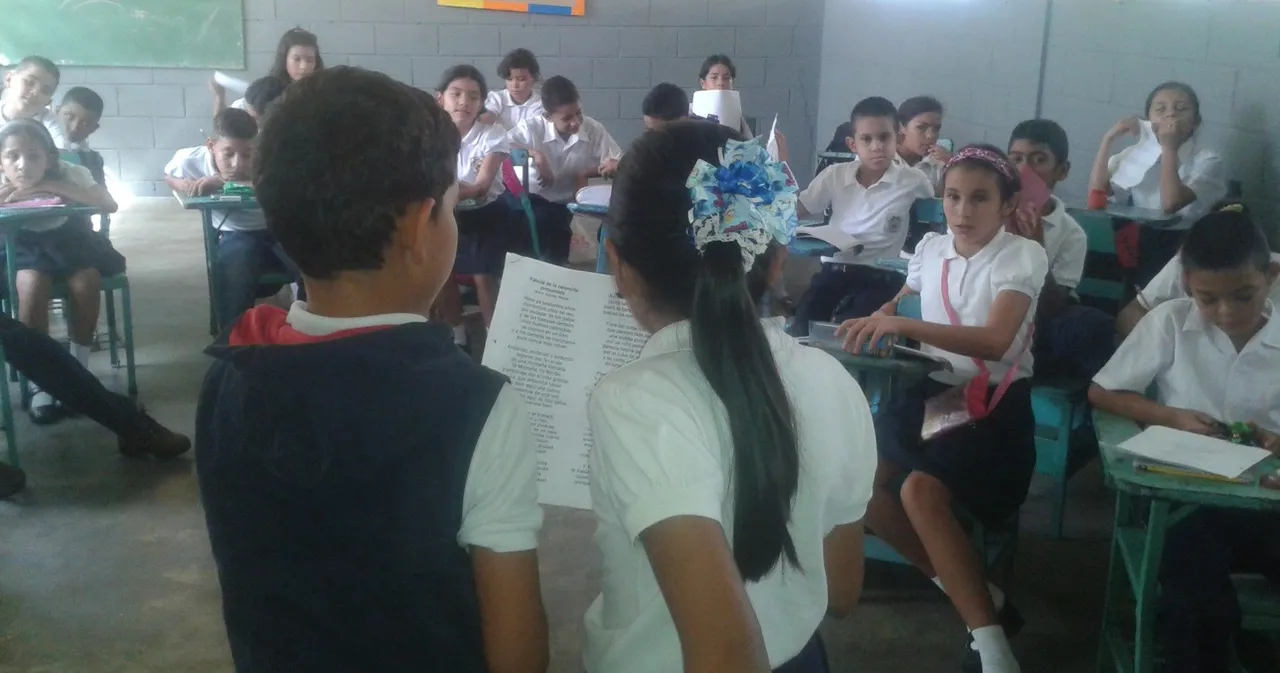
We take a fantastic binomial, for example, "magician - bitter", and since there are quite a few children in the classroom, we make a list until everyone has their binomials: green magician, clown magician, rainbow magician..... Then we start hypothesizing: What kind of spells will the clown magician cast? What will the green magician be called? What will a rainbow magician be like? Immediately, the children should write their stories, illustrate and read them.
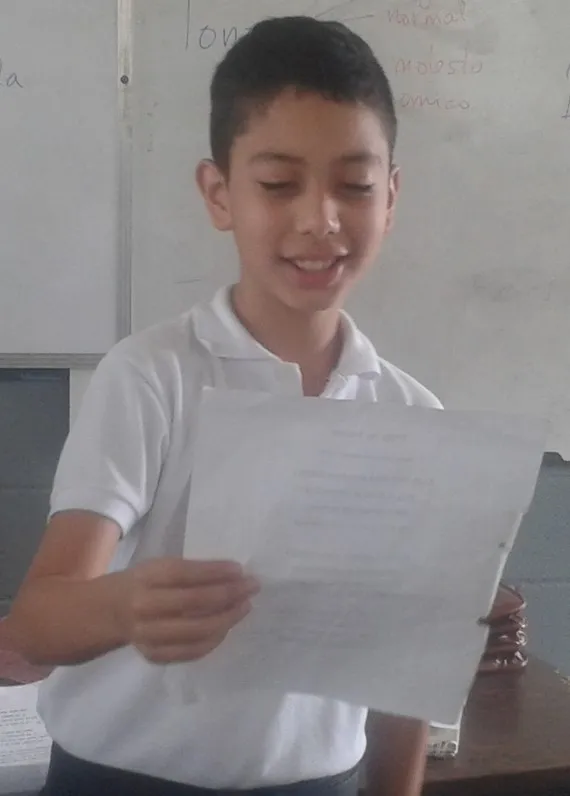
The key is in the choice of binomials. "Wizard" is a word that children recognize very soon wherever they see it; they know that it almost always goes with a hat, a magic wand and that it is capable of doing the most wonderful things in the world. By joining that word, already magical in itself, with another word that forces it to go out of its usual way and to discover its capacity to create new meanings, a perfect fantastic binomial is created, with all the conditions set out by the Italian master.
Now I want to leave you with an exercise that one of the children did.
A "rainbow" magician
Once upon a time there was a "rainbow" magician. This magician was a bit shy because he only came out after a big storm and made his rainbow nice and colorful. The amazing thing is that there are many types of magicians but the one he feared the most was the bad magician who was envious of him because everyone else liked his rainbow. So the bad wizard wanted to take the colors away from the "rainbow" wizard so that his rainbows would be colorless.
One day, after a long drizzle, the "rainbow" magician was going to make a nice rainbow and when he went to make it, "poof" it had no color, it was black and white and the desperate magician saw that his rainbow had no color. The wise magician knew who had done such a bad thing. The bad magician had the colors in a bag and the "rainbow" magician went to the bad magician's house and as he was not there, he looked for his colors and in a corner of the house, in a bag were his precious colors, he took them and ran away.
Author: Mariaelisa Hawat. 10 years old. 5th grade
Finally, I would like to invite you to review the book The Grammar of Fantasy, by the master, Gianni Rodari, where you will discover not only this technique, but also many games of literary creation, conducive to stimulate reading and writing.

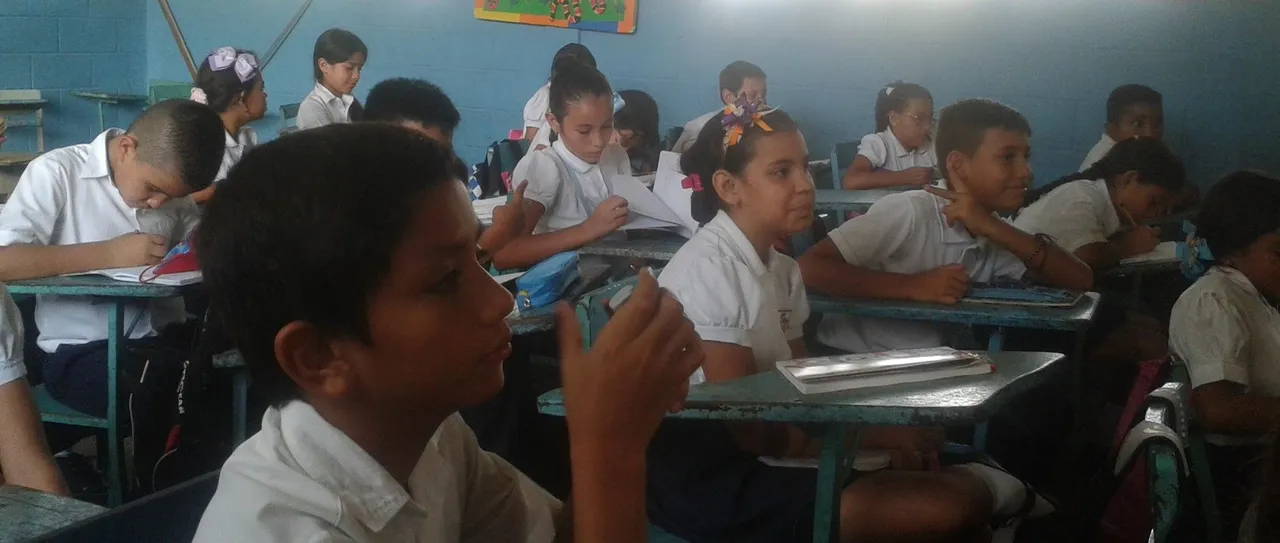
Los Binomios Fantásticos de Rodari
Debo al maestro de la, Gramática de la Fantasía, Gianni Rodari, la maravillosa oportunidad de perfeccionar varias técnicas de creación literaria. Sus juegos, propios o adaptados rompen la barrera de lo rutinario e invitan al docente a lanzarse en el mundo de la imaginación, sin otro propósito que el de ayudar a los pequeños a encontrar el sentido de ser niño.
Y en ese mismo acto de estimular a los niños a que inventen historias uno se reencuentra con su niñez, evocando los años escolares: el primer avioncito de papel, la primera vez que escribimos un cuento, aquella maestra que no puede olvidarse y tantos recuerdos que saltan a la memoria cuando se tuvo una infancia lo más parecida a un juego.
¿En qué consiste esta técnica del binomio fantástico?
En seleccionar dos palabras que aparentemente no tienen nada en común para que provoquen nuevos significados. Dos palabras que al unirlas se conviertan en materia prima para una historia. Dos palabras para crear algo que antes no existía, para forzar la creatividad en la escritura.
¿Cómo las selecciono?
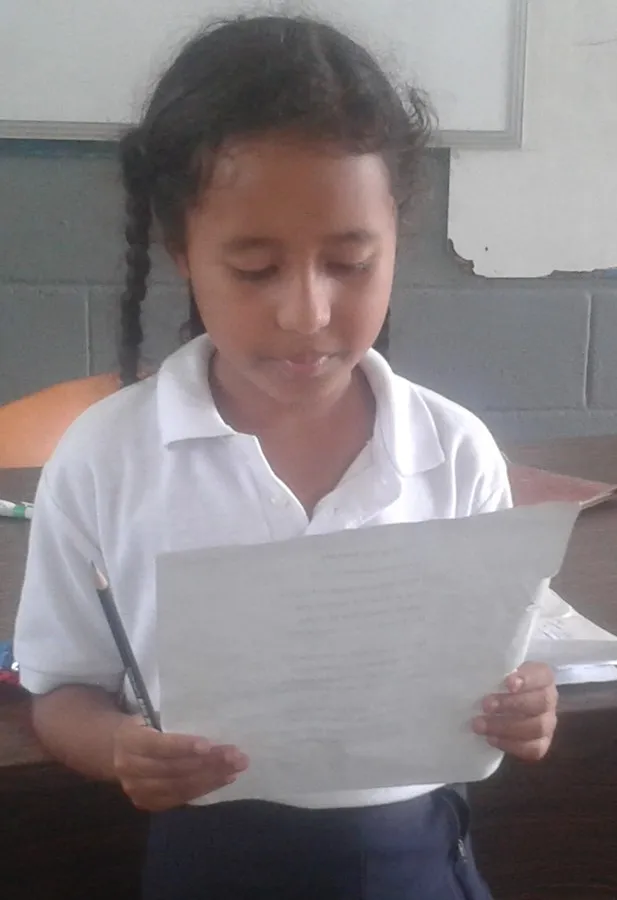
✏️ Las busco en el diccionario, al azar
✏️ Las tomo de alguna lista previamente elaborada
✏️ Las saco del entorno
✏️ Que no se parezcan, como: cosecha y maíz o mango y pera
✏️ Que sean sugerentes
✏️ Ricas en situaciones fantásticas
¿Cómo sería en la práctica?
Tomamos un binomio fantástico, por ejemplo, “mago - amargo”, luego como en el salón de clase había 37 niños enumeramos más magos: mago verde, mago payaso, mago arcoíris hasta completar una lista. Cada uno recibió un binomio, y empezamos a crear hipótesis: ¿Qué clase de hechizos realizará un mago payaso? ¿A qué se deberá el nombre del mago verde? ¿Será que el mago arcoíris si se descarga queda blanco y negro? Le toca después a los pequeños escribir sus cuentos, ilustrarlos y leerlos, y con tantos magos juntos, pues no paramos de reír.
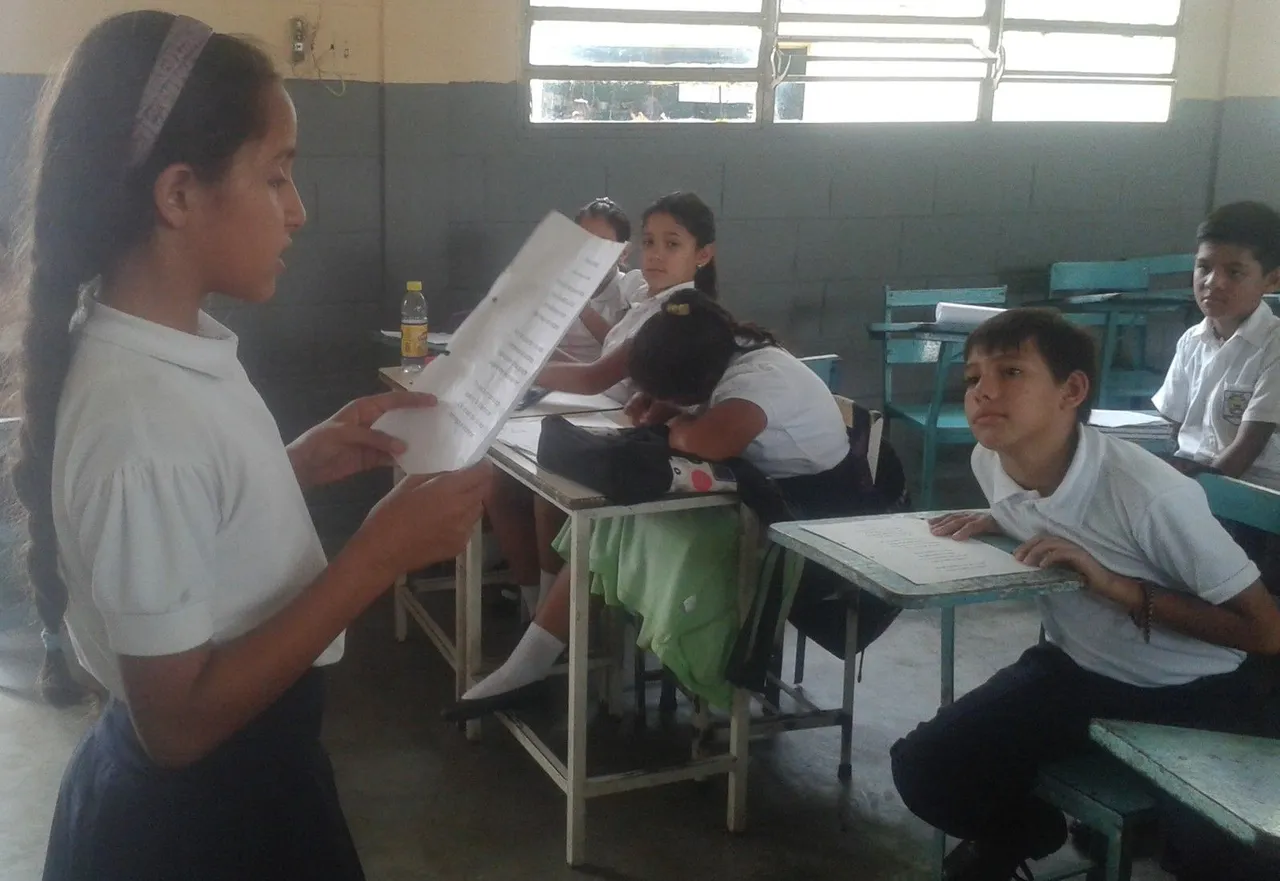
La clave está en la escogencia de los binomios. “Mago” es una palabra que desde temprano los niños reconocen donde la ven; saben que casi siempre anda con un sombrero, una varita mágica y es capaz de hacer las cosas más maravillosas del mundo. Al unir esa palabra, ya mágica de por sí, con otra que la obliga a salir de su camino habitual y a descubrir su capacidad de crear nuevos significados, se crea un binomio fantástico perfecto, con todas las condiciones expuestas por el maestro italiano.
Ahora quiero dejarlos con un ejercicio que hizo uno de los chicos.
El mago arcoíris
Había una vez un mago arcoíris. Ese mago era un poco tímido porque solo salía después de una gran tormenta y hacía su arcoíris lindo y colorido. Lo sorprendente es que hay muchas clases de magos pero al que más temía era al mago malo que le tenía envidia porque todos los demás adoraban sus arcoíris. Así que el mago malo quería quitarle los colores al mago arcoíris para que sus arcoíris no tuvieran color.
Un día después de una larga llovizna el mago arcoíris iba hacer un lindo arcoíris y cuando fue hacerlo, “puf” no tenía color, estaba en blanco y negro y el mago desesperado vio que su arcoíris no tenía color. El mago sabio sabía quien había hecho esa cosa tan mala. El mago malo tenía los colores en una bolsa y el mago arcoíris fue a la casa del mago malo y como no estaba, buscó sus colores y en un rincón de la casa, en una bolsa estaban sus preciados colores, los agarró y se fue corriendo.
Autora: Mariaelisa Hawat. 10 años. 5to. Grado
Finalmente, quiero invitarlos a que revisen el libro La Gramática de la Fantasía, del maestro Gianni Rodari, allí descubrirán no sola esta técnica, sino muchísimos juegos de creación literaria, propicios para estimular la lectoescritura.
